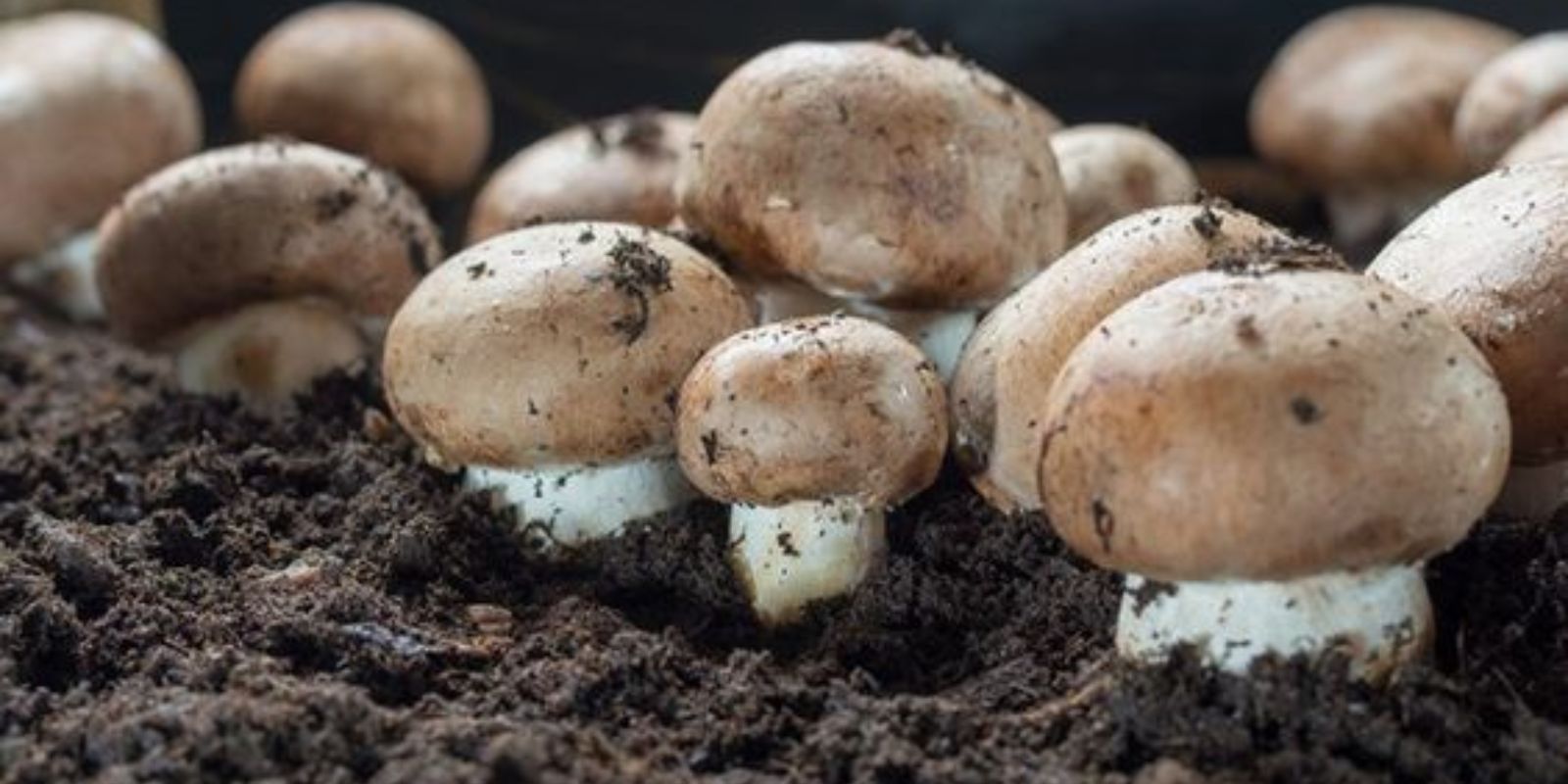Introduction
Growing mushrooms at home can be a highly rewarding endeavor, offering a fresh supply of this versatile and nutritious fungus without the need to spend a lot of money. With the right techniques and a bit of creativity, you can cultivate mushrooms using free or recycled materials. This article will guide you through the process of growing mushrooms from start to finish, highlighting how you can achieve a bountiful harvest without incurring significant costs.
Benefits of Growing Mushrooms at Home
- Cost-Effective: Cultivating mushrooms at home eliminates the need for purchasing them from the store, which can save money in the long run.
- Nutritional Value: Mushrooms are rich in essential nutrients, including vitamins D and B, antioxidants, and fiber.
- Sustainability: Growing mushrooms from recycled or repurposed materials promotes environmental sustainability by reducing waste.
- Freshness: Home-grown mushrooms are fresher and more flavorful than those bought from a store.
Steps to Grow Mushrooms Totally Free
1. Obtain Spores or Mycelium
The first step in mushroom cultivation is acquiring the spores or mycelium, which are the building blocks of your mushroom crop.
- Using Store-Bought Mushrooms: If you have store-bought mushrooms, you can use the gills to collect spores. Simply remove the cap and place it gills-down on a piece of paper for a few hours to release the spores. Scrape the spores into a clean container.
- Mycelium from Scraps: Alternatively, you can use the mycelium from leftover mushroom scraps. Place the scraps in a moist environment to encourage mycelium growth.
2. Prepare the Substrate
The substrate is the medium in which mushrooms grow. You can use various free or recycled materials for this purpose.
- Cardboard: Cardboard is an excellent substrate for growing mushrooms. Shred the cardboard into small pieces, soak it in water for a few hours, and then drain it. This will create a nutrient-rich environment for the mushrooms.
- Coffee Grounds: Used coffee grounds are another great option. They are nutrient-dense and can be used directly as a substrate or mixed with other materials.
- Wood Scraps: Wood chips or sawdust can also be used, especially for certain types of mushrooms like shiitake. Ensure that the wood is free from chemicals or pesticides.
3. Inoculate the Substrate
Inoculation is the process of introducing spores or mycelium to the substrate.
- Mixing Spores/Mycelium: Combine the collected spores or mycelium with the prepared substrate. If using mycelium, mix it thoroughly into the substrate. For spores, you might need to dilute them in water and then mix the solution with the substrate.
- Container Selection: Place the inoculated substrate into clean containers, such as plastic bags, containers with holes, or even recycled trays. Ensure that the containers have adequate ventilation to allow for air exchange.
4. Condition the Environment
Creating the right growing environment is crucial for successful mushroom cultivation.
- Moisture: Keep the substrate consistently moist but not waterlogged. Mushrooms thrive in a humid environment, so you may need to mist the substrate regularly to maintain moisture levels.
- Temperature: Most mushrooms prefer a cool, dark environment. The ideal temperature varies depending on the mushroom species, but generally, a range of 55-75°F (13-24°C) is suitable.
- Light and Darkness: While mushrooms don’t need light to grow, they do need periods of darkness. Keep the containers in a dark area or cover them to simulate nighttime conditions.
5. Care and Harvest
Proper care will ensure that your mushrooms grow healthily and yield a good harvest.
- Regular Monitoring: Check the substrate regularly for signs of contamination or mold. Remove any contaminated sections to prevent the spread.
- Watering: Mist the substrate as needed to keep it moist. Avoid over-watering, which can lead to excess moisture and potential fungal issues.
- Harvesting: Mushrooms are typically ready to harvest when the caps have fully expanded but before they start to release spores. Use a clean knife or scissors to cut the mushrooms at the base.
Troubleshooting Common Issues
- Contamination: If you notice unusual colors or smells, your substrate may be contaminated. Remove contaminated sections and improve ventilation to prevent further issues.
- Slow Growth: Ensure that the substrate is adequately moist and at the right temperature. Slow growth can be a sign of insufficient moisture or incorrect temperature.
- No Fruit Bodies: Lack of fruiting can occur due to improper inoculation or environmental conditions. Check that the substrate is well-prepared and that the conditions are suitable for the specific mushroom type.
Additional Tips for Success
- Cleanliness: Maintain cleanliness throughout the cultivation process to prevent contamination. Sterilize tools and containers before use.
- Record-Keeping: Keep a journal of your growing process, including substrate types, inoculation methods, and environmental conditions. This will help you troubleshoot issues and improve future crops.
- Experiment: Don’t be afraid to experiment with different substrates and mushroom varieties to find what works best for you.
Conclusion
Growing mushrooms at home using free or recycled materials is a practical and environmentally friendly way to enjoy fresh fungi. By following these steps—obtaining spores or mycelium, preparing the substrate, inoculating it, and creating the right environment—you can successfully cultivate mushrooms without significant costs. This method not only provides you with a steady supply of nutritious mushrooms but also contributes to sustainability and waste reduction.
Motivation
Ready to transform your home into a mushroom-growing haven? Follow these steps, share your experiences, and let’s grow together! Enjoy the satisfaction of cultivating your own fresh mushrooms while making a positive impact on the environment. Happy mushroom farming!

